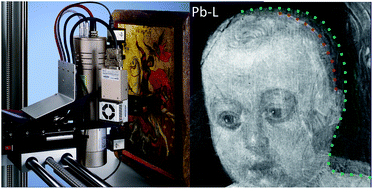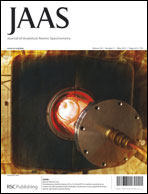A mobile instrument for in situ scanning macro-XRF investigation of historical paintings
Abstract
Scanning macro-X-ray fluorescence analysis (MA-XRF) is rapidly being established as a technique for the investigation of historical paintings. The elemental distribution images acquired by this method allow for the visualization of hidden paint layers and thus provide insight into the artist's creative process and the painting's conservation history. Due to the lack of a dedicated, commercially available instrument the application of the technique was limited to a few groups that constructed their own instruments. We present the first commercially available


 Please wait while we load your content...
Please wait while we load your content...